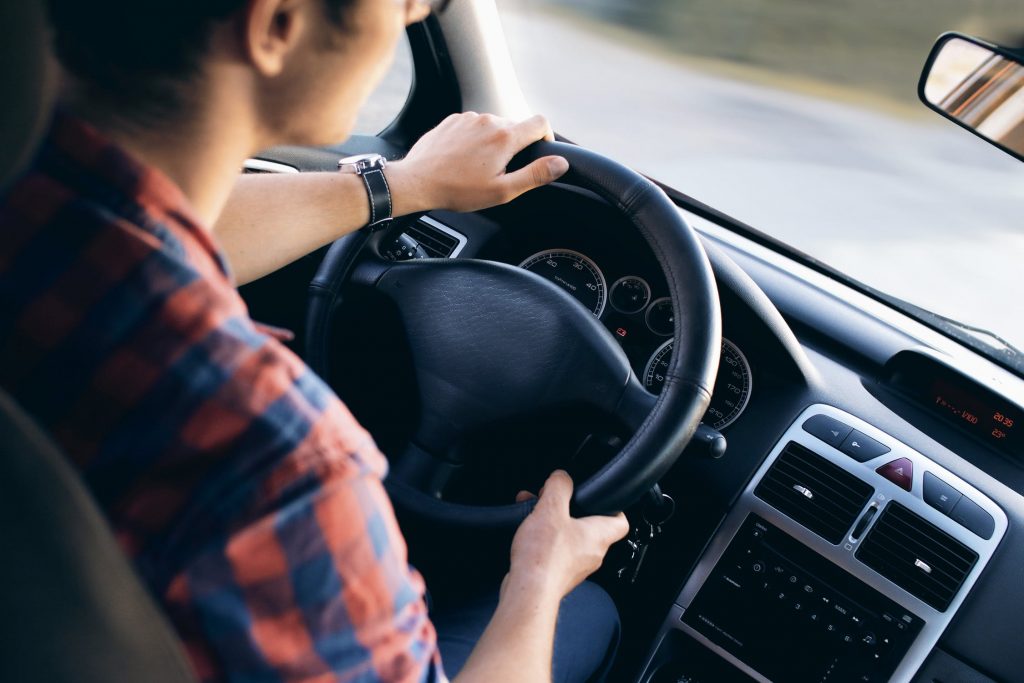Latest News
How to Safely React to Vehicle Fires
by DC Gabe Balsamo in General
How to Safely React to Vehicle Fires
Written by Jennifer Amstell, a local contributor to NMVFC
You might think that vehicle fires only occur in action movies, but the truth is 33 car fires are reported every hour in the United States. November of last year saw exposed power lines fallen in Madison, illustrating that you never know when or how a fire may start. Luckily, this incident did not result in any roadside or vehicle fires, thanks to community respondents. Still, for the sake of personal safety, it’s best to be prepared by knowing what to do when faced with a vehicle fire.
Prevention
Good news; many vehicle fires can be prevented by properly maintaining the vehicle you’re driving. Most in-car fires are caused by fuel leaks or split fuel lines. Take your ride in for a tune-up once every year to make sure it’s in good working order. If your car begins to blow fuses frequently or you smell burning, get professional help asap. If you smell burning while driving and/or see smoke, pull over immediately, shut off the engine, and exit the vehicle. It’s also a good idea to keep a fire extinguisher in your vehicle. You never know when you might need one.
Reaction
Car fires can happen in different areas of the vehicle; they’re not limited to under the hood. Be alert for signs of fire near areas like near the wheels/brakes, on the dash, and beneath the vehicle. If a fire does erupt but is contained, get everyone out and attempt to use a fire extinguisher if it’s easily accessible. If the fire is large, beneath the hood, or quickly spreading, don’t try to put it out yourself at this point. Get at least 200 feet away, and call for emergency assistance. If you don’t have your phone on you, do not go back in to get it. Instead, flag someone down (safely), or go to a public nearby place to ask for help.
Aftermath
Once everything is said and done, you may eventually wonder if your car is covered by your insurance in the case of fire. Contact your insurance company, take photos of the damage if possible, and get contact information for any witnesses that can testify to your claim. Before attempting to obtain any person items left in the vehicle, get a firefighter’s approval first so you know it’s safe. If the vehicle was towed before you returned to it, ask the authorities where it was taken. Finally, have the vehicle taken to a mechanic in order to determine whether or not it can be repaired to a drivable state. If it can’t, be sure to indicate this to your insurance company.
Fires are intimidating and dangerous beasts, but with fast and appropriate reactions, you can quickly tame it. Knowing what to do in an emergency and staying calm through the process can save lives.

